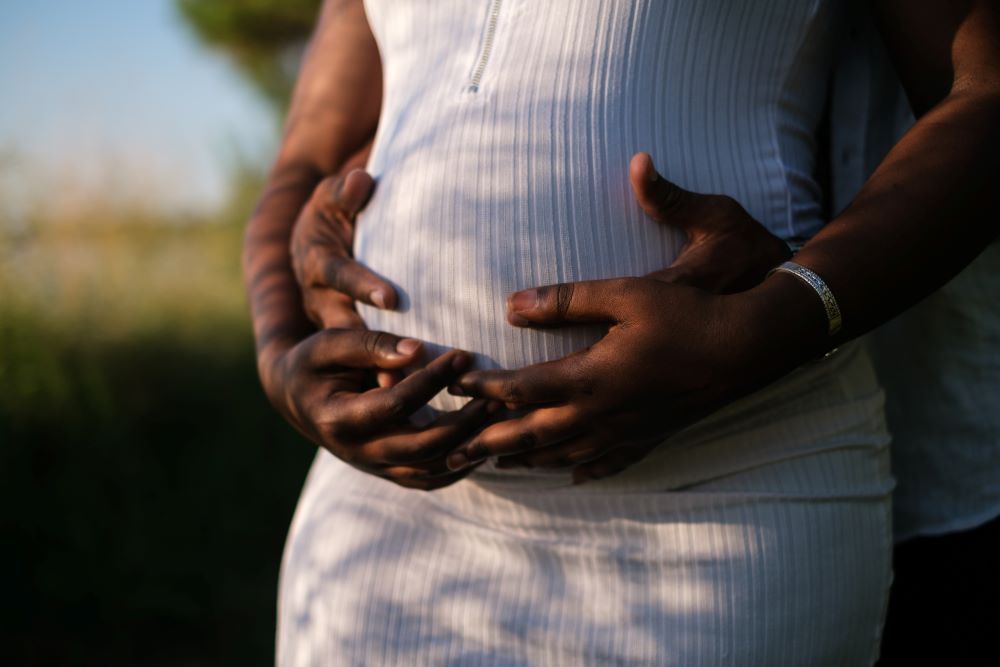There are high mortality rates among mothers-to-be with limited access to care.
Maternal deaths are on the rise in the United States, a worrying trend in the healthcare system. Unfortunately, these deaths affect certain groups of women more than others, exposing disparities in maternal health outcomes. After examining the data, it’s clear that particular populations face a greater risk, underscoring the importance of implementing targeted interventions and improving maternal care.
African American women are at a higher risk of maternal death than their Caucasian counterparts. Statistics show that their maternal mortality rate is more than three times higher. This discrepancy highlights systemic problems within the healthcare system, including racial biases and unequal access to quality care. Issues like implicit bias, discrimination, and socioeconomic challenges contribute to worse health outcomes for African American women during and after childbirth.
Low-income women also face significant risks during pregnancy and childbirth. Financial constraints often limit their access to essential prenatal care, resulting in delayed or inadequate medical attention as well as sufficient resources for both the mother and her developing baby. The absence of comprehensive healthcare coverage and limited resources exacerbate the challenges faced by this vulnerable population. Maternal deaths among low-income women underscore the urgent need to address socioeconomic disparities and ensure that all women have equal access to high-quality care regardless of their financial circumstances.

Those living in rural areas also tend to have limited access to care. Living in remote areas presents unique challenges, including limited access to healthcare facilities and providers. Rural hospitals and clinics can struggle to offer comprehensive maternal care due to resource constraints and workforce shortages. As a result, pregnant women in these communities may have to travel long distances to receive adequate prenatal and obstetric care, leading to delays in treatment and potentially life-threatening complications.
Women with pre-existing medical conditions face additional risks during pregnancy and childbirth. Chronic conditions such as asthma, diabetes, hypertension, obesity, and heart disease can increase the likelihood of maternal complications. It is crucial for healthcare providers to closely monitor and manage these conditions throughout pregnancy to minimize potential risks. However, inadequate management or lack of appropriate interventions can contribute to maternal deaths among women with pre-existing medical conditions.
Immigrant women encounter unique challenges that put them at greater risk and contribute to the rise in mortality rates. Language barriers, cultural differences, and fear of immigration state-related consequences often deter them from seeking timely and appropriate healthcare. Limited access to affordable and culturally sensitive services further exacerbates their vulnerability. As a result, immigrant women may not receive the necessary prenatal and obstetric care, leading to adverse outcomes, including maternal deaths.
The persistent rise in maternal deaths in the United States is a critical public health issue that demands immediate attention. Despite modern day advances in medicine, if individuals are unable to gain access to appropriate treatments, they can face dire results. Focusing on the populations most at risk, implementing targeted interventions to close gaps in care, and addressing systemic inequities can reverse this alarming trend and ensure safe and equitable maternal health outcomes for all women and their unborn children.
Sources:
U.S. maternal deaths keep rising. Here’s who is most at risk


Join the conversation!